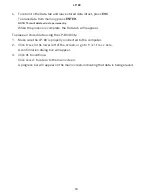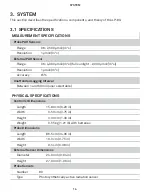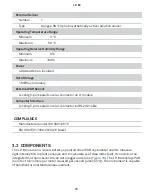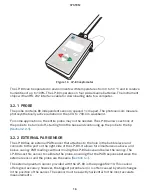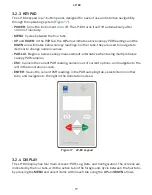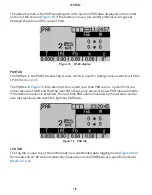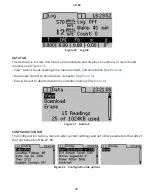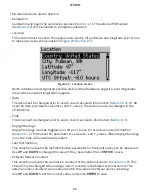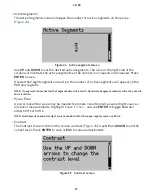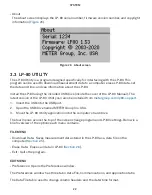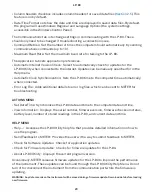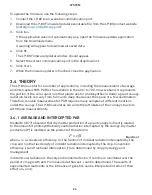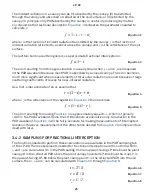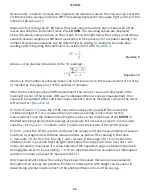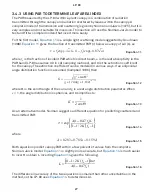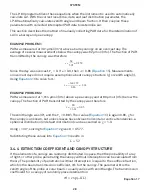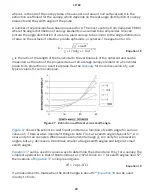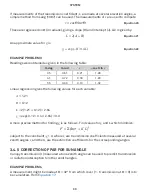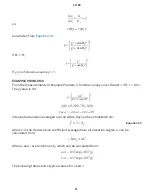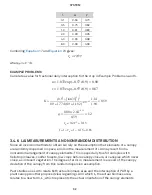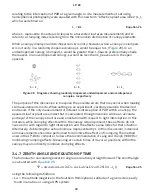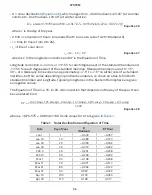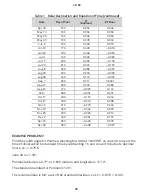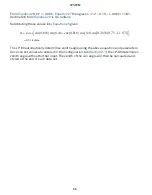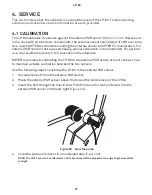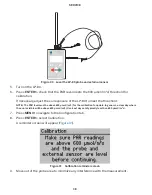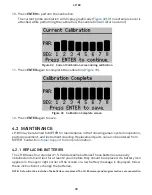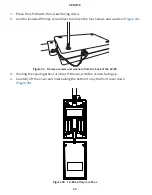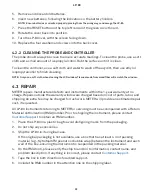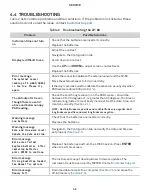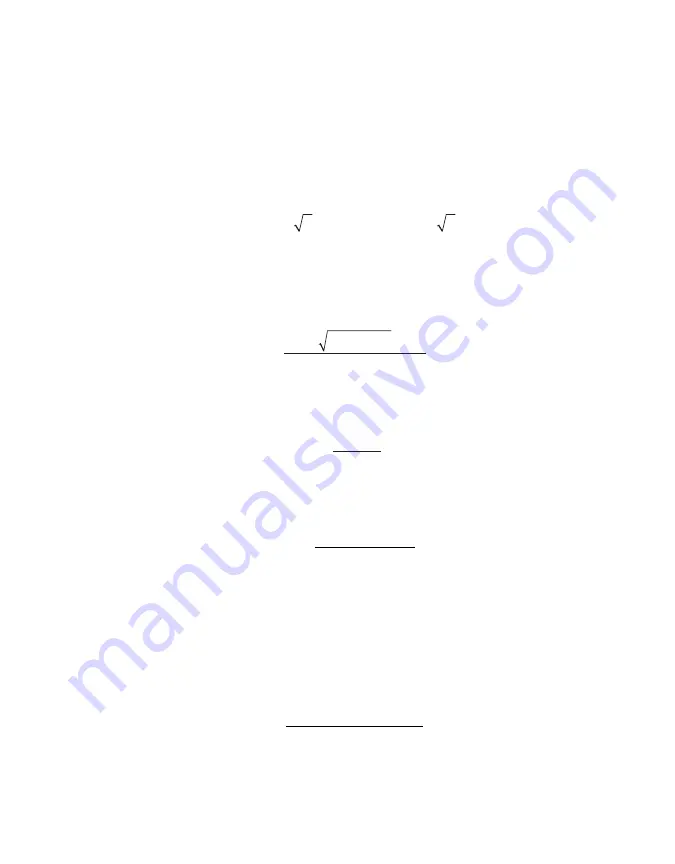
27
LP-80
3.4.3 USING PAR TO DETERMINE LEAF AREA INDEX
The PAR measured by the LP-80 within a plant canopy is a combination of radiation
transmitted through the canopy and radiation scattered by leaves within the canopy. A
complete model of transmission and scattering is given by Norman and Jarvis (1975), but it is
very complex and not suitable for inversion. This section will use the Norman-Jarvis model to
test and fit two simpler models that invert more easily.
For the first model,
is a simple light scattering model suggested by Goudriaan
gives the fraction of transmitted PAR (
τ
) below a canopy of LAI (
L
), as
Equation 11
τ
=
−
+ −
−
f
a
f
a
exp(
) (1
)exp( 0.87
)
b
b
where
f
b
is the fraction of incident PAR which is direct beam,
a
is the leaf absorptivity in the
PAR band (LP-80 assumes 0.9 in LAI sampling routines), and
K
is the extinction coefficient
for the canopy. The extinction coefficient can be modeled in various ways. If an ellipsoidal
angle distribution function is assumed (Campbell 1986), then
Equation 12
χ
χ
χ
=
+
Θ
+
+
−
K
tan
1.744(
1.182)
2
2
0.733
where
Θ
is the zenith angle of the sun and
χ
is a leaf angle distribution parameter. When
x
= 1, the angle distribution is spherical, and
K
simplifies to:
Equation 13
=
Θ
K
1
2cos
As an alternative model, Norman suggests a different equation for predicting scattered and
transmitted PAR:
Equation 14
τ =
exp
A
(1
−
0.47
f
b
)
L
1
−
1/ 2
K
(
)
f
b
−
1
⎧
⎨
⎪
⎩⎪
⎫
⎬
⎪
⎭⎪
where
Equation 15
=
+
−
A
a
a
0.283 0.785
0.159
2
Both equations predict canopy PAR within a few percent of values from the complete
Norman-Jarvis model.
is slightly more accurate, but
is much easier
to invert to obtain
L
. Inverting
gives the following:
Equation 16
L
=
(1
−
1/ 2
K
)
f
b
−
1
⎡⎣
⎤⎦
ln
τ
A
(1
−
0.47
f
b
)
The difference in accuracy of the two equations is smaller than other uncertainties in the
method, so the LP-80 uses
to determine LAI.

